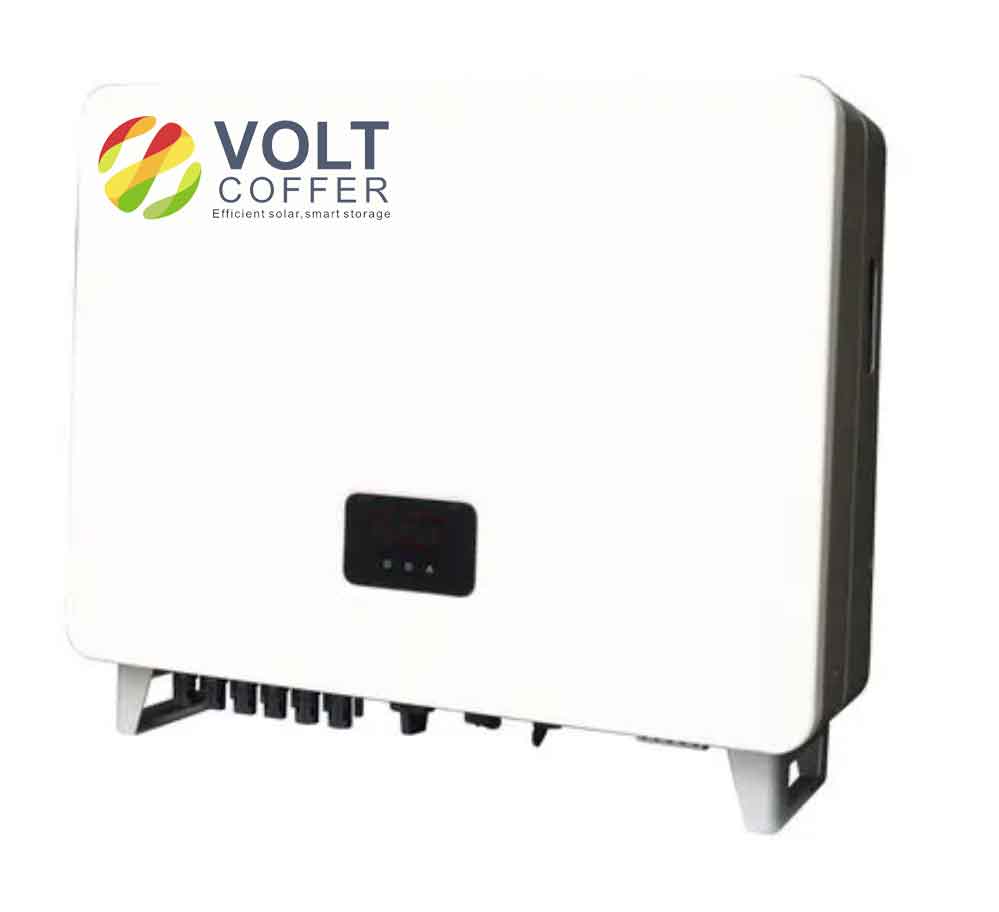Islanding inverter is essential tools in disaster recovery and emergency power scenarios, providing critical support when standard power infrastructures are compromised. Their ability to autonomously detect a grid outage and transition to an independent power mode enables them to play a vital role in maintaining electricity supply during and after disasters. Here’s how islanding inverter contribute to these efforts:

1. Immediate Response to Power Outages
When the main power grid fails due to natural disasters like hurricanes, earthquakes, or floods, islanding inverter instantly disconnect the renewable energy systems they manage from the grid. This transition to off-grid operation ensures that power continues to flow to essential services without interruption. For instance, hospitals, emergency response centers, and water treatment facilities can maintain operations critical to disaster response and recovery efforts.
2. Enhancing Energy Resilience
Islanding inverter enhance the resilience of power systems by allowing renewable energy installations to operate independently of the grid. This capability is crucial in areas prone to extended power outages. It ensures that communities can still access electricity for lighting, communication, and heating, which are especially important when recovery operations are underway.
3. Supporting Critical Infrastructure
Critical infrastructures like hospitals, fire stations, and shelters rely heavily on continuous power supply to provide services during disasters. Islanding inverter enable these facilities to maintain power autonomously, often integrated with systems like solar panels and battery storage to ensure they function round the clock, regardless of grid status.
4. Scalable and Flexible Energy Solutions
Islanding inverter can be used in scalable setups ranging from single buildings to entire communities. They can support small-scale residential needs or provide power to larger commercial and industrial facilities. This scalability and flexibility make them ideal for tailored emergency power solutions across different sectors and geographical areas.
5. Facilitating Quick Recovery
By providing an immediate power source, islanding inverter allow recovery efforts to commence without waiting for grid restoration. They enable essential services such as communication networks and logistic operations to resume quickly, which is vital for effective disaster response and management.
6. Reducing Dependence on External Supplies
In many disaster scenarios, fuel supply chains for generators can be disrupted. Islanding inverter reduce dependence on these external supplies by leveraging renewable sources like solar or wind. This not only ensures sustainability but also reduces logistical challenges in transporting fuel during emergencies.
7. Integration with Microgrids
In areas where the establishment of microgrids is feasible, islanding inverter is integral to their operation. Microgrids with islanding capabilities can operate independently as self-sufficient entities or reconnect with the main grid when it becomes available. This dual functionality provides exceptional flexibility in managing local energy resources during disasters.
Conclusion
The role of islanding inverter in disaster recovery and emergency power supply is increasingly recognized as critical in building resilient energy systems. They not only provide immediate and reliable power during emergencies but also support broader efforts in sustainable and resilient infrastructure development. As technology advances, the functionality and efficiency of islanding inverter continue to improve, enhancing their capacity to support essential services during critical times and facilitating quicker recovery from disasters.
